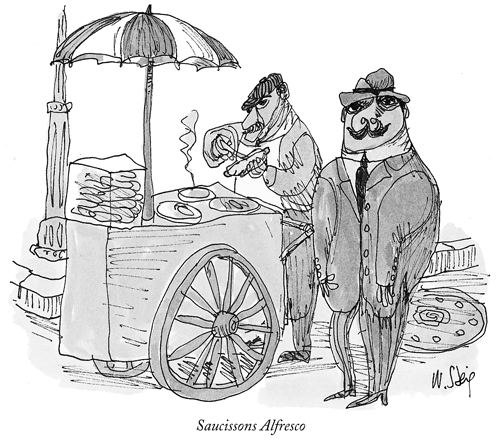
 |
 |
 #INTHEAIREVERYWHERE |
 |
| Vol. 14 No. 1 | Monday
January 5, 2015 |
 |
|
Global air cargo demand
now seems certain to soar well into 2015, and analysts believe Asian carriers
and handlers are best placed to prosper. |
|
In 1930 writer and cartoonist
Chester Gould imagined a world in which a hero detective named Dick Tracy
communicated via a two-way wrist radio, which later became a wrist TV.
It is not uncommon to find our future written by our past, as most science
fiction scholars will contend that the best science fiction predicts the
course of the future. |
 |
 |
 Air France-KLM follows last year’s introduction of lightweight pallet nets with the introduction of lightweight pallets. Constructed of aluminum, the pallet is as strong as the current pallet, but weighs 17 kg less. (Current standard pallet weighs 100 kg, while the new lightweight pallet is 83 kg) AF/KL/MP notes that eventually all pallet stock in their inventory will be replaced by lightweight aluminum pallets. |
Even as carriers continue
to flounder in India—the latest, according to aviation pundits,
to go the Kingfisher way will be the low-cost SpiceJet—there is
one airline that is thinking out of the box to be productive. The carrier
is India’s largest—534 daily flights connecting to 37 destinations,
including 5 international destinations—and is the only one that
has made profits when most of the others have been swimming in the red.
For the financial year that ended on March 31, 2014, India’s top
five domestic airlines recorded combined losses of Rs 9,737 crore ($1.62
bn). Even IndiGo’s profits went down by 60 percent to Rs 317 crore
($53 mn). |
If
You Missed Any Of The Previous 3 Issues Of FlyingTypers |
Publisher-Geoffrey Arend •
Managing Editor-Flossie Arend • Associate Publisher/European Bureau Chief-Ted
Braun Film Editor-Ralph Arend • Special Assignments-Sabiha Arend, Emily Arend • Advertising Sales-Judy Miller |
|